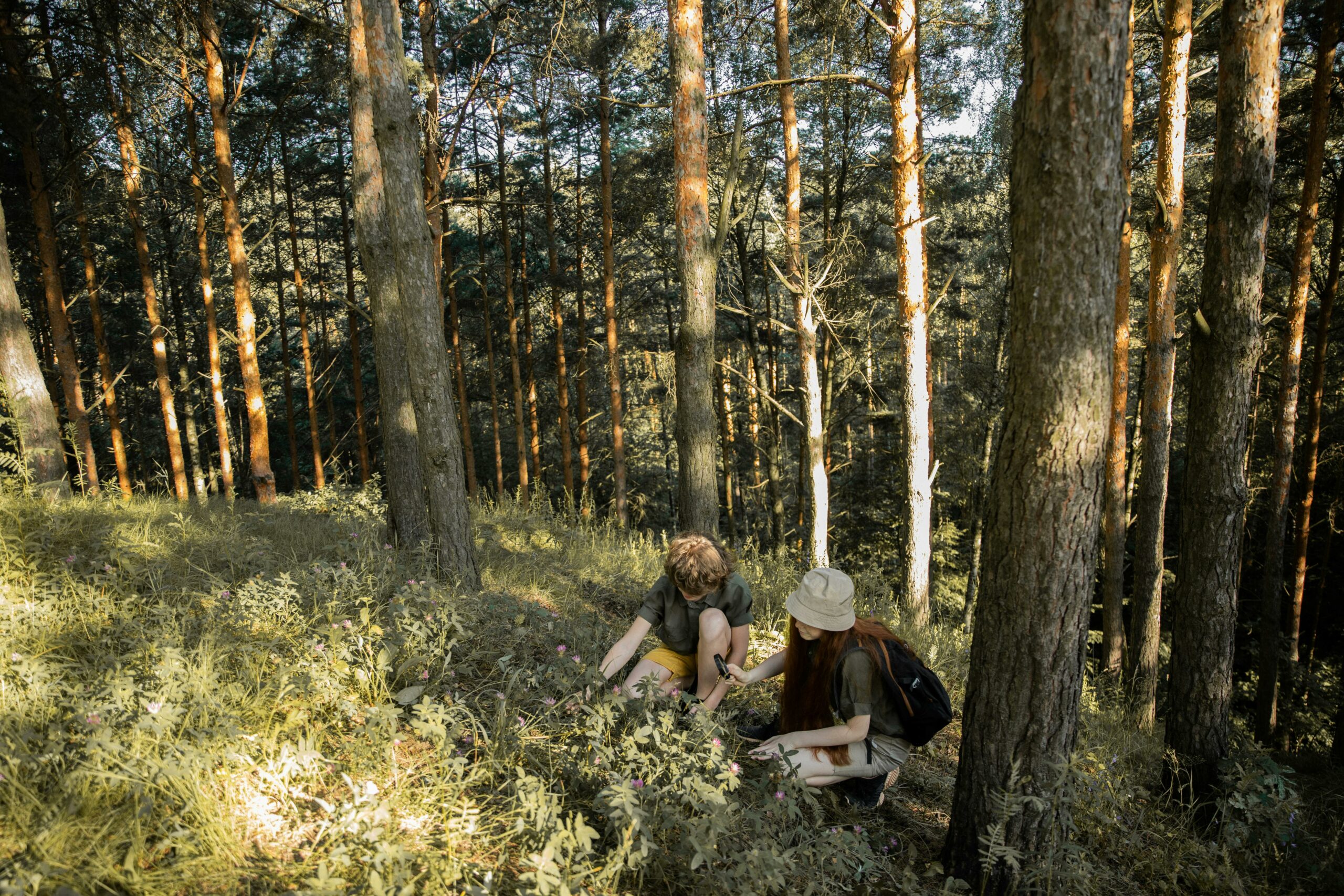Tourism in the Mediterranean brings many benefits. However, it also creates challenges. Popular destinations suffer from environmental damage, overcrowding, and loss of cultural identity. Traditionally, sustainable tourism has been the solution. But now, a new approach is gaining attention: regenerative tourism.
What is Regenerative Tourism?
Unlike sustainable tourism, which aims to reduce harm, regenerative tourism goes further. It focuses on restoring nature and communities. In other words, it tries to leave places better than before.
How does it work?
Regenerative tourism encourages travelers and businesses to take active steps to help local areas. For example:
- Visitors might support local artisans by buying their crafts.
- They may join activities that restore nature, such as tree planting or beach cleaning.
- Small-scale, community-led tourism helps avoid overcrowding.
- Using local food and reducing waste helps protect the environment.
Why is this important for the Mediterranean?
The Mediterranean region relies heavily on tourism. Yet, climate change and other pressures threaten its future. Regenerative tourism offers a way to protect the environment. At the same time, it supports local economies and preserves cultural heritage.
Regenera4MED leading the way
The Regenera4MED project, funded by the Interreg Euro-MED Programme, is helping the Mediterranean shift toward regenerative tourism.
Through partnerships with local authorities, businesses, and communities, Regenera4MED:
- Tests new regenerative tourism experiences,
- Develops practical tools to support these efforts,
And promotes climate adaptation in tourism.
Regenerative tourism is not just a trend. It is a necessary shift toward healing and renewing the Mediterranean. By traveling responsibly, we can all contribute to a better future for this beautiful region.


